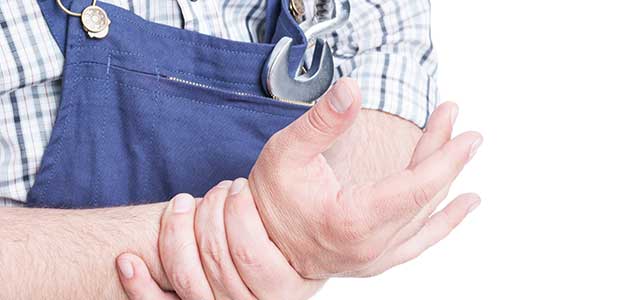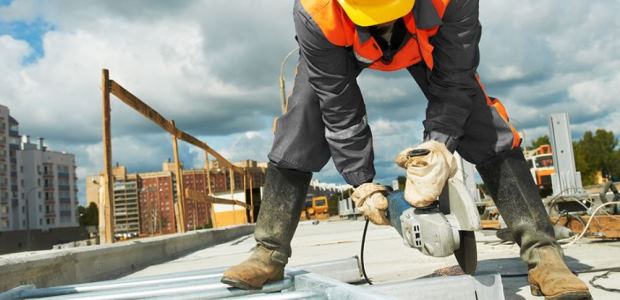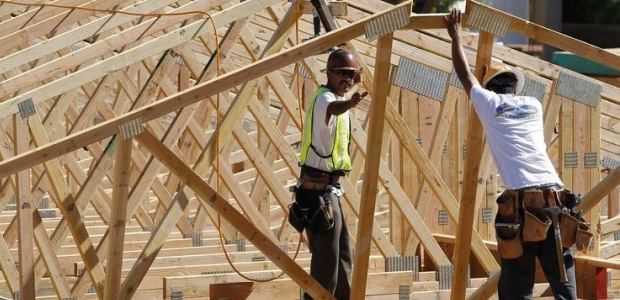"Hurricane Key Messages for Employers, Workers and Volunteers" covers the potential dangers involved in cleanup work after storms and flooding and the proper safety precautions, with links at the end of each section to additional resources.
"Hearing loss is a significant public health issue, especially as individuals age," said Dr. Malvina Eydelman, M.D., director of the Division of Ophthalmic, and Ear, Nose and Throat Devices at FDA's Center for Devices and Radiological Health. "Today's marketing authorization provides certain patients with access to a new hearing aid that provides them with direct control over the fit and functionality of the device."

A new report from the Centers for Disease Control and Prevention aims to assess trends in carpal tunnel syndrome (CTS) cases and identify industries and occupations with high risk of CTS.

A key to ensuring effective protection is fit testing. Fit testing evaluates noise and provides workers an accurate reading of their hearing protection effectiveness.

Supportive footwear with added comfort and shock absorption can prevent injury, illness, and fatigue.

Modern noise dosimeters are small, lightweight, feature multiple virtual instruments, and have many useful options to better describe the complete hazard during the worker's shift.

It should be noted that even if you are not a new safety professional and have been in the organization for years, it is never too late to change your approach.

Houston’s George R. Brown Convention Center is the site for this year's NSC Congress & Expo.
"The UN General Assembly is taking an important step in highlighting the need for governments and global health funders to invest in primary prevention to reduce silica dust hazards in high-risk workplaces. This UN action recognizes that we can take action to prevent TB, and not just treat it," said Perry Gottesfeld, executive director of OK International.

An energy-intensive data center requires multiple high capacity sources to function. When there is a failure, the arc flash energies are also notably greater than a small industry network.
OSHA has proposed penalties of $199,183 to the company for two repeated and 14 serious safety violations.

One of the questions that often arises concerns who is able to qualify an electrical employee. You will not find this answer in any electrical regulation, nor is it found in NFPA70E, the NESC, or other guidelines.

More than 14,000 safety professionals are expected to attend this year's NSC Congress & Expo, being held in Houston from Oct. 20 through 26.

Introducing cold weather work tips and other outdoor cold weather safety concepts in trainings during the early fall can help workers get into the mindset.

Hearing test data collected by British Columbia employers in the oil and gas drilling sector between 2012 and 2017 show that the percentage of workers who showed signs of noise-induced hearing loss (NIHL) has increased by 12 percent over those five years, from 33 percent in 2012 to 45 percent in 2017, according to WorkSafeBC.
OSHA has cited rubber and plastic manufacturer Sperry & Rice LLC for 44 safety and health violations at its plant in Killbuck, Ohio, and issued a total of $400,775 in penalties.
The partners will develop safety and health training programs and procedures; identify and address common construction hazards, such as falls, electrical, silica, noise, and carbon monoxide exposure; and encourage workers to participate in employers' safety and health programs.
OSHA has issued $370,358 in proposed penalties to Vigor Marine Inc. and cited the company for 16 willful and serious violations following an inspection at the shipbuilder's Portland, Ore., facility.

All too often, hand injuries occur when employees are distracted and aren't focused on where they are or what they're doing. It's incredibly important for employers to eliminate as many distractions as possible.

The real work of analyzing hand injury trends begins with the physical improvement of the organization's hand safety program after the data has been scrubbed.